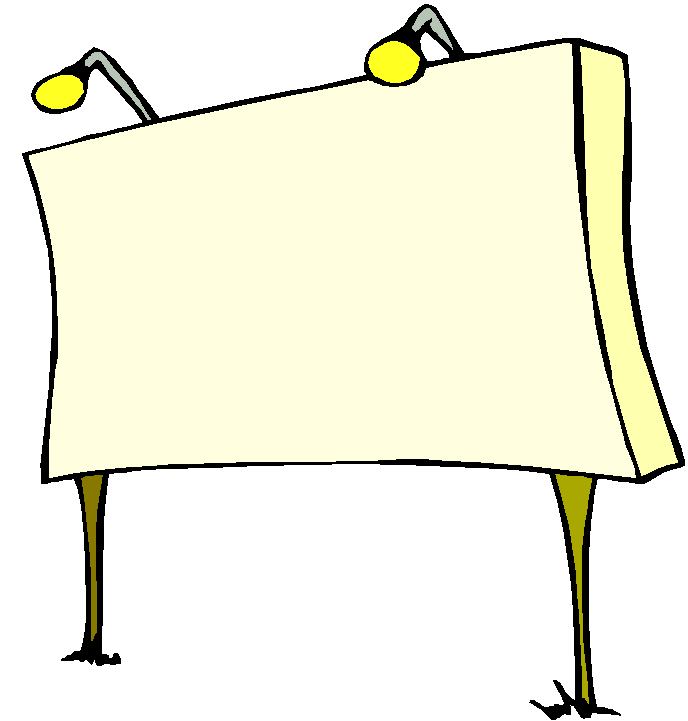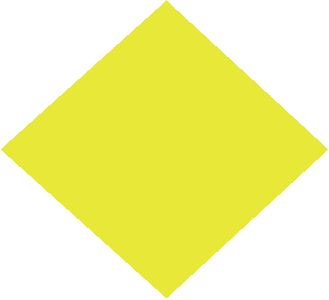This report was submitted by Teresa Adams for her Fall2000 Math G at Mission College.
If you use material from this paper, please acknowledgeit.
MATH G
VIDEO REPORT

Summary
Go to Math Dept Main Page | Go to Mission College Main Page
This paper was written as an assignment for Ian Walton's Math G -Math for liberal Arts Students - at Mission College. If you use material from this paper, please acknowledge it.
To explore other such papers go to the Math G Projects Page.
This report was submitted by Teresa Adams for her Fall2000 Math G at Mission College.
If you use material from this paper, please acknowledgeit.
MATH G
VIDEO REPORT

Summary
The PBS series titled For All Practical Purposes, consists ofepisodes on different mathematical subjects. I signed up to watch the videosthat overviewed computer science and within the subject of computer science,numerical representation specifically.
The overview video starts out by asking the question, what is mathematics?It states that at the heart of the foundation of mathematics is proof andtruth. The video then starts to focus mainly on men who have become knowntoday as important pioneers in the field of computer science. Long beforethe computer science industry was born, these men (mostly mathematicians)developed theories that, unbeknown to them, would be used in the futureto lay the initial building blocks of the foundation for computer science.For instance, David Hilbert back in 1900, studied the theorem of proofand truth. He set out to prove two things; mathematics is both consistentand complete. He believed that consistency in mathematics would lead toproof and that proof, in turn would lead to truth. In the 1930‰s Kurt Godelproved that David Hilbert‰s theory was not correct. The basis of Godel‰sscheme was that a statement could be true, while remaining unprovable.This upset the mathematical world because contrary to Hilbert‰s theorem,you could have true statements (truth) that were unprovable (proof), whichdoes not lead to consistency, as Hilbert theorized, but rather, inconsistency.Personally, I found these theories to be a bit confusing, but I was ableto understand the importance of the ideas. I think that the video presentedthe material in an easy to understand fashion (or as elementary as it could).
The next important contributor to the foundation of computer sciencewas Alan Turing, who developed the Turing machine. The Turing machine wasable to process the ideas of the time by mechanical means. John Von Neumann,who worked with Hilbert on the foundations of mathematics, helped to buildthe first computer in the 1940‰s at Princeton. This "computer" was ableto process instructions that could be coded in as numbers and then storedas data in the computers "memory". It was understandably quite amazingat the time, and it received quite a lot of attention. During the excitementHerman Goldstine worked with Von Neumann and together they developed thefirst electronic computer. This development resulted in faster capabilitiesand larger memory storage. It is easy to see that with each new discovery,the possibilities of mathematical exploration expanded to lengths far beyondanything that I could have imagined, but these men did have a vision andthe intelligence to make that vision a reality.
This report was submitted by Teresa Adams for her Fall2000 Math G at Mission College.
If you use material from this paper, please acknowledgeit.
There are many theories that up until the existence of the computer,would have been impossible for one person (or possibly any amount of people)to prove. Kenneth Appel and Wolfgang Haken were the first two people touse the computer to authenticate this very fact. Their theory concernedthe idea of maps and colors. They took Alfred Kempe‰s "normal map" ideaor "four-color theorem" and used the computer to prove each of his cases.

I do not understand Kempe‰s idea fully, but did grasp the concept thatwhen you have a problem that requires a step-by-step analysis; each stepbuilds on the next. If the previous step cannot be "proven to be true",then you have to move on to another step and start the process all overagain.This portion of the video also helped me understand that there are mathematicaltheories that could take beyond a lifetime to prove. Maybe the best exampleI can give is the ongoing quest for _. Would we have gotten as far as wehave without the aid of computers? No, and even with computers how muchfarther do we have to go? There is not an answer for that question yet.Through the ideas brought to the forefront by past mathematicians, computerswere created. With the aid of present day computers, the mathematiciansof today and tomorrow can explore theorums that just a short time ago wouldhave been impossible to prove or disprove.

The second episode I viewed explored numerical representation. Afterhaving watched the episode, I believe that the title presented at the beginning,"Countingby Twos", was very representative of the concept in this video. The videostarts by explaining just what it is that computers do. They receive, process,reproduce, and store data. I learned that in order for computers to doall these things, they have to be "programmed" or told what to do. Theway they are told to do these things is by using codes. I like to thinkof these codes as computer language. Just as the English language has acode of letters that can be put together in an indescribable number ofways to make up many different words, computer language (codes) can beprogrammed to do the same thing. Each code represents given information.Somewhere deep in my mind, I knew the basic ideas that were presented inthis episode of For All Practical Purposes, but what this video did forme was make me think. As Sol Garfunkel explained how nature has a code,a genetic code, and how all the many types of languages have their owncodes, I began to think of other things around me, in every day life, thatrequire codes. I began to think about the codes that supermarkets use tokeep track of inventory. I thought about the codes my insurance provideruses to keep track of my medical history. Each of these industries putcodes into their computers to represent each different piece of information(specific to their industry, of course). The computers then receive theinformation, process it (according to another code), reproduce it as toldby another code, and store it in it‰s memory! Of course, this system ofcodes applies to higher mathematics also.
One of the more interesting parts of the video explains how you canuse this concept in music. There are numerous codes (musical notes) thatlook alike. How does a computer program tell the notes apart, or for thatmatter how does a musician? It starts with that same code and through therules of interpretation, the codes take on different sounds. This variancedepends on where the note is on the staff. Once a musician learns the givencodes, and the rules of interpreting those codes, then they can look ata score and play it the way the author (programmer) intended for it tosound. I learned that in mathematics this same concept is called a "place-value"system, where the value of a symbol is determined by its position.
Before watching this episode, I always thought that the basics of computerlanguage were incredibly complicated. I was surprised to learn that computerlanguage is based on just two symbols, and was developed long ago. Thistwo-symbol code is called a binary system. In the binary system the twosymbols used are zero and one. These symbols are called binary digits orbits for short. I have heard of the term bits, but never really understoodwhat it meant before, until now. I found it somewhat difficult to keeptrack of the rules of binary addition, especially once the "xor" and the"and" gates were introduced. I believe that I did understand the basicconcept though. You put in a simple code based on a two-symbol system (binary).You then expand on that system, by adding "gates" to the system (xor andand). These gates are expanded upon again and again, and that‰s basicallyhow a computer is programmed.

Critique/Evaluation
I don‰t remember having ever watched any math videos before, so I wascurious to see whether or not I would be able to understand the materialin the video. I also wondered whether it would be interesting enough tokeep me from yawning and getting bored (it‰s hard to stay interested ina subject once your completely lost as to what is happening). The firstthing that I noticed about the videos was that they had some jazzy musicto get them started, which was a good sign, because it made me think thatthe videos might be exciting and up beat although they were obviously oldervideos. I could tell they were older because the video looked somewhatfaded, not as sharp or clear as the newer video film of today is. WhileI was trying to focus in on what Mr. Garfunkel was saying, I noticed thatthere was a steady stream of people walking behind him as he was talking.This was distracting for me, but it did not last long. I thought that theexamples used in the videos were well placed and they kept me from beingcompletely lost. One of the most amusing things that I noticed in videonumber twenty three, was that Sol Garfunkel put a floppy disk into a Commodorecomputer. I found this amusing because I remember that the first time Iused a computer, it happened to be a Commodore!
Overall I would have to say that I came away from watching these videoswith increased knowledge about computers, codes, and the history of keycontributors in the field of computer science. I was surprised that thevideos were as interesting as they were, I was not expecting that. I doubtthat I would have been exposed to this information if not for this class,so thanks for the opportunity to learn more about this subject.
This report was submitted by Teresa Adams for her Fall2000 Math G at Mission College.
If you use material from this paper, please acknowledgeit.